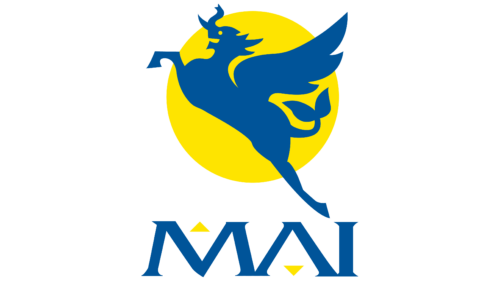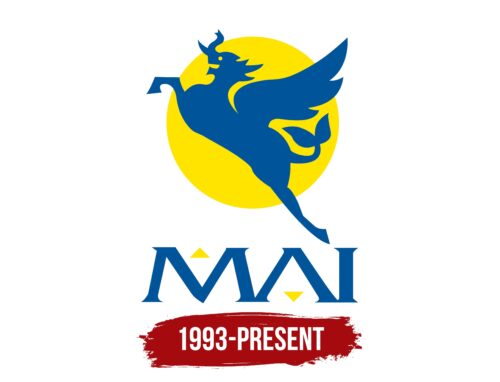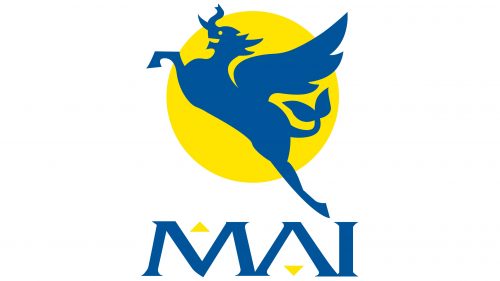 Myanmar Airways International Logo PNG
Myanmar Airways International Logo PNG
Myanmar Airways International: Brand overview
Myanmar Airways International (MAI) began its journey in 1993 as a collaborative effort between Myanmar Airways, now Myanmar National Airlines, and Singapore-based Highsonic Enterprises. The establishment of this airline was a strategic move by the Myanmar government to foster international air travel and attract foreign investment into the aviation sector, signaling a shift towards greater global engagement after years of isolation.
In August 1993, the company launched its first international flight, connecting Yangon to Bangkok. Initially, leasing aircraft allowed operations to start swiftly without heavy financial burdens. This inaugural flight marked a significant milestone in strengthening Myanmar’s international connectivity and enhancing opportunities for tourism and business.
During its early years, the airline rapidly expanded its network. By 1994, routes to Singapore and Kuala Lumpur were added, enhancing ties with major Southeast Asian economic hubs. This expansion facilitated increased tourism and business exchanges with neighboring countries.
In 1996, the airline changed its ownership structure as Region Air Myanmar replaced Highsonic Enterprises as the joint venture partner, bringing new expertise and resources to management.
Further changes in ownership occurred in 2001, when Myanma Airways retained a 20% stake, while a consortium including Region Air Myanmar and Royal Myanmar Transport acquired an 80% share. These changes aimed to attract more investment and expertise to support growth.
Operations were temporarily suspended in 2003 due to financial difficulties. However, after a successful restructuring, flights resumed in early 2004. This challenging period showcased the airline’s resilience and determination to overcome significant obstacles.
In 2007, the fleet was upgraded by acquiring its first Airbus A320, enhancing operational efficiency and quality of passenger service.
2009, Kanbawza Bank became the majority shareholder, acquiring an 80% stake. This shift provided increased financial resources and strategic expertise, marking a new development phase.
From 2010 to 2015, the airline expanded its network by adding new destinations such as Guangzhou and Siem Reap. Investments in service modernization improved onboard quality and introduced advanced booking technologies.
In 2016, plans for significant fleet expansion were announced, including orders for new Boeing 737 MAX aircraft to support an ambitious growth strategy.
Between 2017 and 2019, efforts focused on enhancing services and market presence. The airline aimed to improve operational efficiency and solidify its status as Myanmar’s leading international carrier.
In 2020, despite facing global aviation challenges, adaptability was demonstrated by adjusting operations to changing market conditions. Prioritizing passenger safety and maintaining key routes ensured continued service during a tumultuous period for the industry.
Meaning and History
What is Myanmar Airways International?
This is the national carrier of Myanmar, based in Yangon. It is known for connecting the country with key Asian destinations. The company operates a fleet of Airbus A319 and A320 aircraft, serving domestic and international routes. A distinctive feature of the company is its Sky Smile Club program, one of the first loyalty programs in Myanmar.
1993 – today
The logo showcases a mythical creature from ancient Burmese culture known as Pyinsarupa. This chimera consists of parts from various animals, such as a leogriff (tonaya), a Bengal tiger, a horse, a bull, and an elephant. Other interpretations include a hamsa, a white carp, a water buffalo, an elephant, and a lion. This mascot appears against a large sun. The abbreviation “MAI” is displayed below it. The letters are blue, Latin, bold, and slightly italicized. The letter “A” lacks a crossbar, replaced by a downward-pointing yellow triangle. A similar upward-pointing triangle is placed in the opening of the letter “M.”
Pyinsarupa combines creatures that individually hold symbolic meanings, enhancing the intricate design of the logo. The sunny background suggests brightness and positivity, aligning with the company’s aspirations. The triangles in the lettering introduce another symbolic layer: the directions of the triangles can represent balance or dynamism. The blue color of the letters conveys trust and reliability, reinforcing the company’s commitment to these values.
The intricate details of Pyinsarupa highlight its mythical and cultural significance. The large sun behind the creature enhances the visual impact, adding an element of grandeur. The bold and italicized Latin letters for “MAI” make the abbreviation stand out, making the logo recognizable and memorable. The unique design of the letter “A” and the incorporation of triangles in the letters add a modern touch, blending traditional elements with contemporary design. The overall composition of the logo creates a sense of harmony and strength, reflecting the company’s dedication to excellence and reliability.




